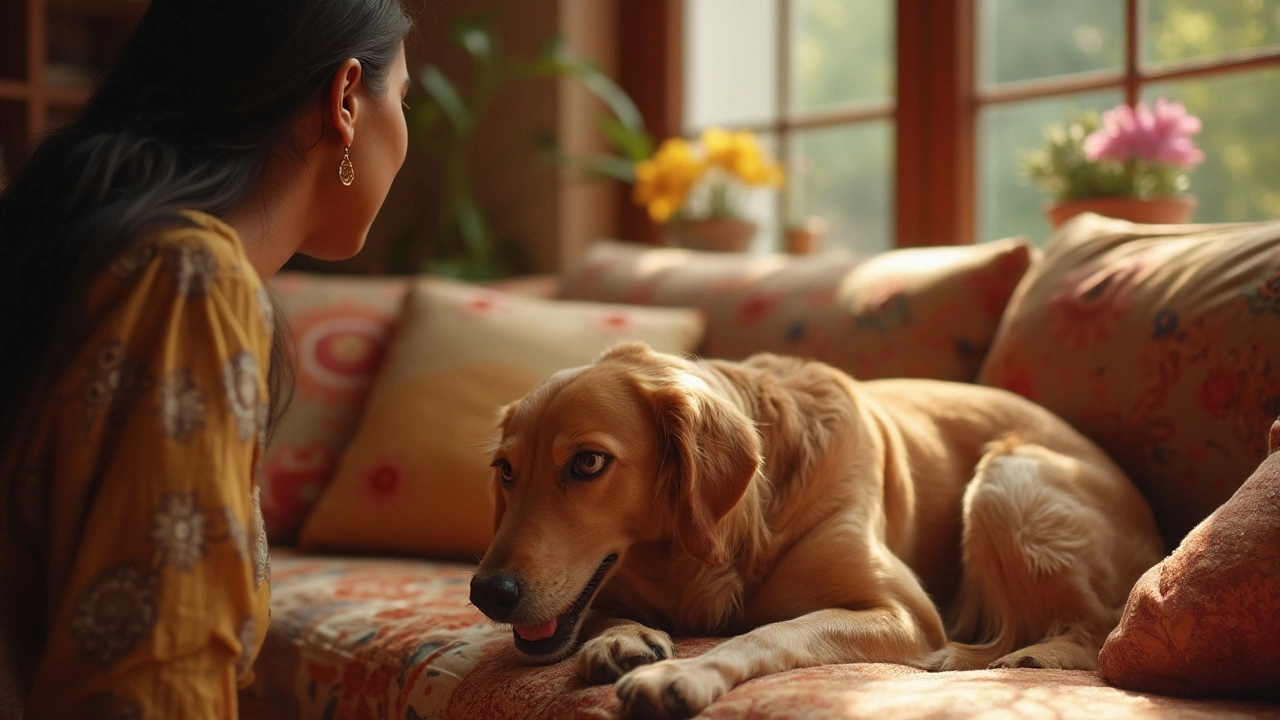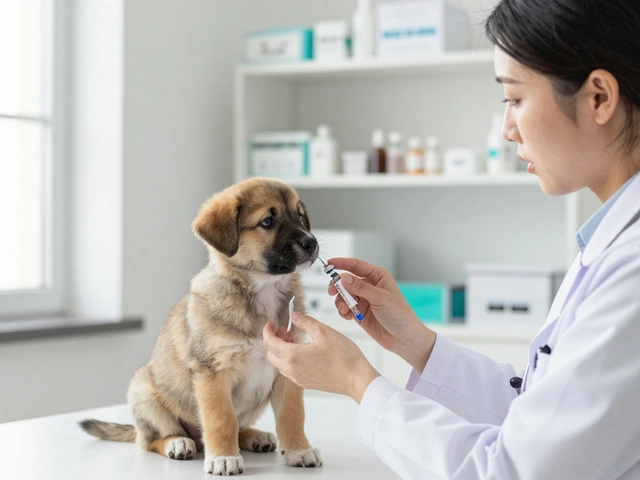Canine Seats: Keep Your Dog Safe on the Road
Ever wondered why a loose dog in the car feels like a moving target? A stray paw can hit the steering wheel, cause a sudden brake, or even get you a ticket. The solution is simple: a proper canine seat. It locks your pup in place, reduces distractions, and protects both of you if you crash.
Choosing the Right Canine Seat
Not every pet carrier works as a car seat. Look for a model that meets three basics: a sturdy harness, a crash‑tested frame, and a size that fits your dog without cramping. Small breeds often need a booster that raises them to see out the window, while larger dogs benefit from a full‑size bucket seat that slopes like a child’s car seat.
Check the weight rating on the label. If your dog wiggles out of the harness during a short walk, that same harness will fail in a crash. Adjustable straps are a plus—they let you tighten the seat as your pup grows.
Brands that publish third‑party safety test results give you extra peace of mind. A quick Google search for "dog car seat crash test" will show which products passed independent labs.
Installing and Using Your Dog Seat Safely
Most canine seats mount with the car’s existing seat belt system. Pull the latch through the belt, click it into place, and then thread the belt through the seat’s loop. Tighten until the seat feels solid—no wobble.
After the seat is locked, clip the dog’s harness to the seat’s D‑ring. Never rely on a collar alone; a collar can slip off during a sudden stop. Adjust the harness so it’s snug but not too tight—you should be able to slip two fingers under each strap.
Before you drive, do a quick shake test. If the seat moves, re‑secure the belt or try a different mounting point. Some cars have ISOFIX anchors; using them gives a firmer fit than a regular belt.
While you’re on the road, keep the window slightly open for fresh air, but don’t let your dog stick its head out. If your dog gets anxious, a chew toy or calming vest can help. Remember, the seat isn’t a prison—it’s a safety cage that lets your dog enjoy the ride without endangering anyone.
Cleaning is easy. Most seats have removable covers that you can toss in the washer. Wipe down the frame with a damp cloth after muddy trips. Regular cleaning prevents odors and keeps the harness straps from slipping.
FAQ quick answers:
- Can I use a regular pet carrier? Only if it’s rated for car use. Most carriers aren’t crash‑tested.
- Do I need a seat belt for my dog in every car? Yes. Laws vary, but safety is universal.
- What if my dog hates the seat? Introduce it slowly—let the dog sniff, sit, and get treats inside before the first drive.
Bottom line: a good canine seat turns a risky road trip into a calm adventure. Pick a seat that fits, install it right, and secure the harness every time. Your dog will love the view, and you’ll love the peace of mind.

Why Your Dog Loves to Sit in Your Spot: A Deep Dive into Canine Behavior
When you get up and your furry friend promptly takes over your seat, it's easy to wonder about this funny behavior. Dogs often migrate to our warm spots for comfort and security. They may also be claiming the space as part of their pack behavior. Understanding this habit can deepen our bond with our pets and help us meet their needs more effectively.
read more



